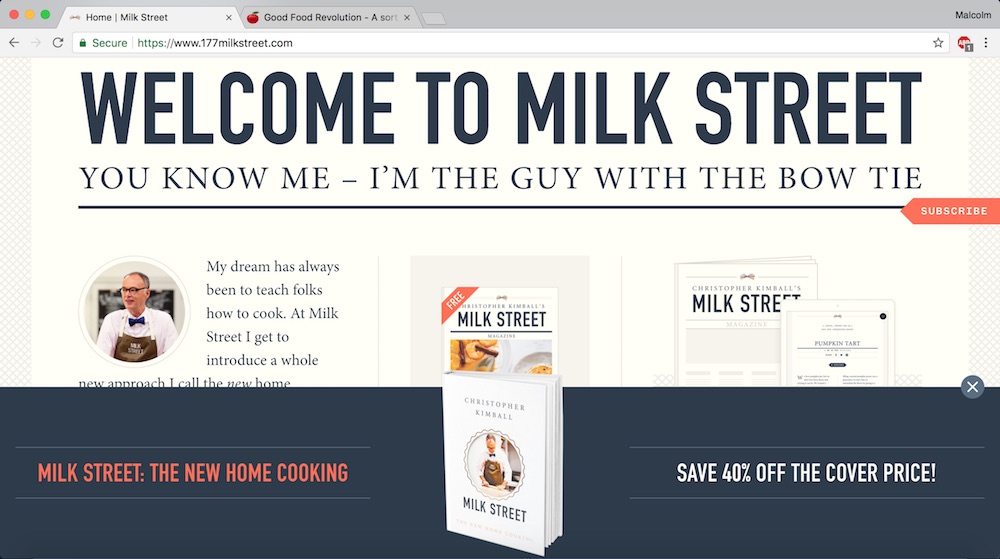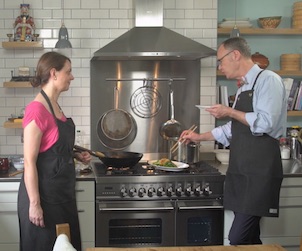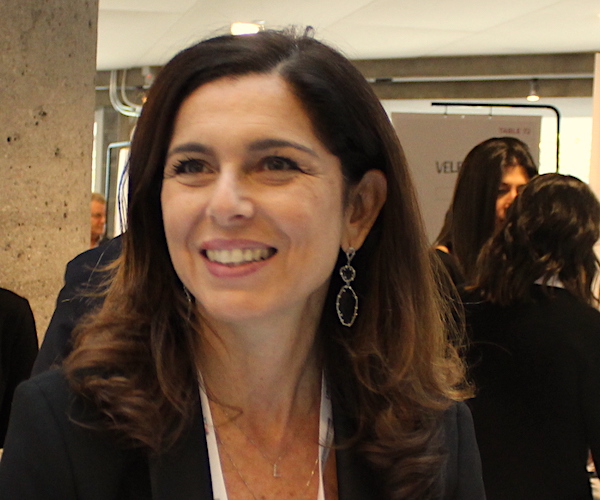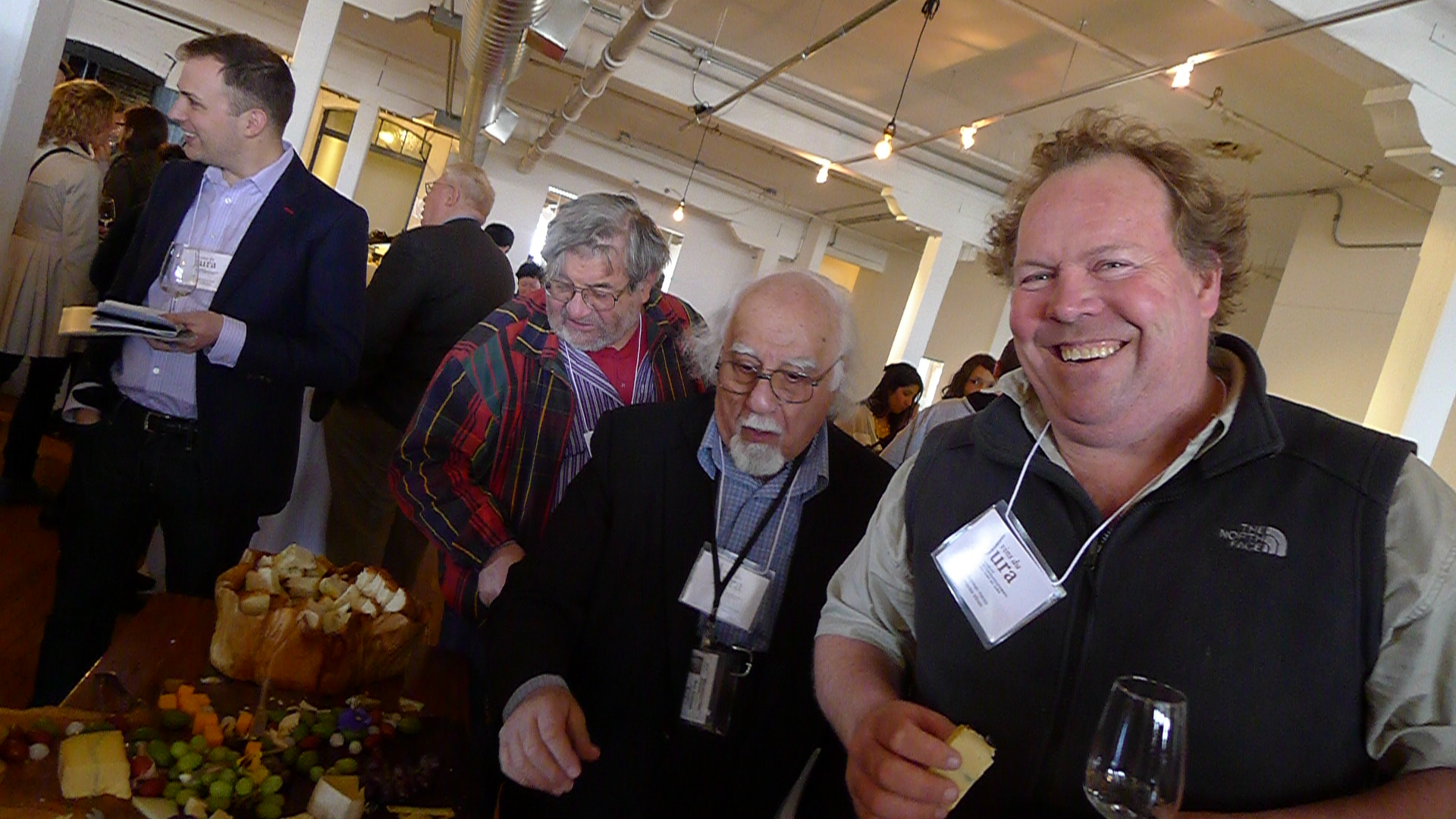Malcolm Jolley thinks the future of good food TV might look a lot like Milk Street.

Christopher Kimball’s new venture, Milk Street, might be the future of food broadcasting. Or at least I hope so. Kimball is likely best known as a TV personality on PBS’ long running show, America’s Test Kitchen. Kimball left ATK in 2016 (not on nice terms) even though it was the creation of another food media outlet he founded, Cook’s Illustrated magazine, which was the second food publication Kimball started. The firs tone was Cook’s Magazine in 1980. All of this is to say that Kimball has quite a pedigree in the high-brow end of food media with a track record of creating entities that are built to last.
Kimball has described the motivation behind Milk Street as wanting to bring the foods of the world to America’s Wednesday night dinner tables. The focus is international, and Kimball travels the globe to learn about techniques and ingredients from expert chefs and food writers, then brings them back to his studio on Milk Street in Boston to demonstrate to a live audience and PBS TV cameras. Or at least that how it works on the television part of the venture.
The TV episodes I’ve seen are smart and crisply shot. They remind me of the old ‘dump and stir’ kind of food television, especially British, that made stars of Jamie Oliver and Nigella Lawson. It’s nice to watch television about cooking that isn’t insulting to one’s intelligence. Kimball’s guests are also serious people, with serious ideas about their field of food study, like Fuchsia Dunlop or Andy Ricker. Not that I’ve actually seen any episodes of Milk Street on a television. I’ve watched them at the 177milkstreet.com website, where there is a lot more Milk Street content going on.
Milk Street appears to be many things, including a magazine, and an e-commerce shop (where you can buy, of course, the Milk Street cookbook). This makes sense. Although Kimball’s contract with PBS must be important to his plan, it seems so much more natural to seek and find his content on my laptop than make an apointment to see it on my flat screen. (As an internet publisher, I may be biased.) And it’s refreshing to have online content presented in something more structured than a YouTube channel, especially if looks like it’s going to be made in an economically sustainable model.
If you miss intelligent food TV, you might well enjoy Milk Street. I am, and I hope there more like it on the way.







